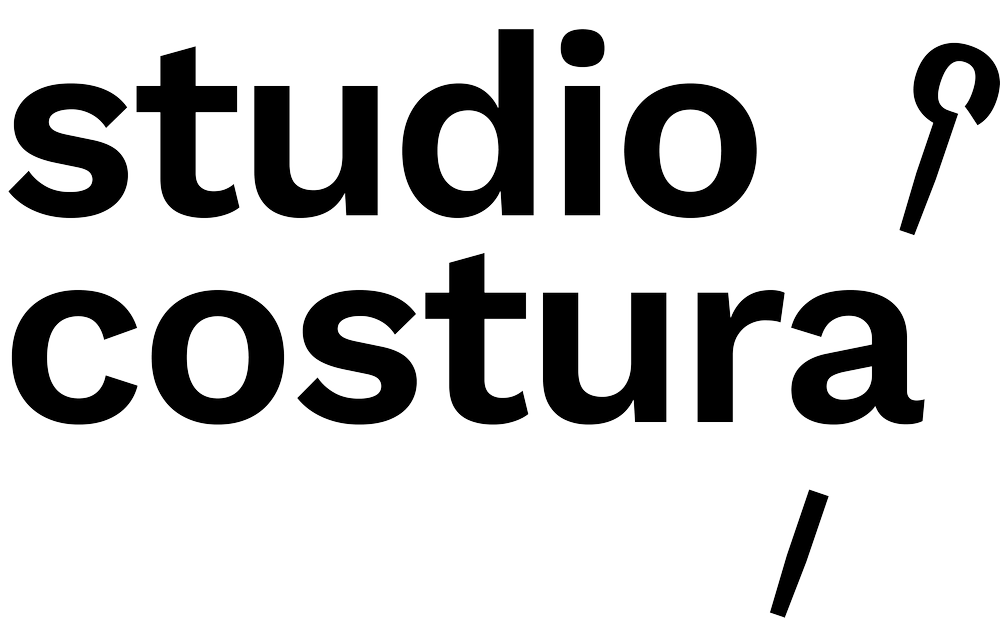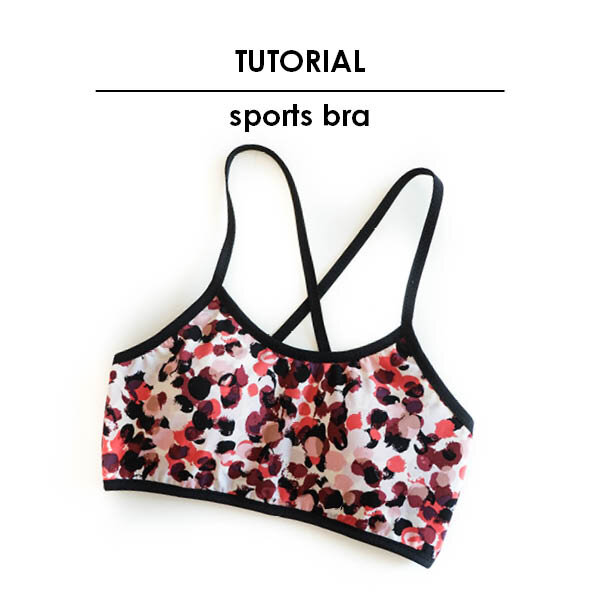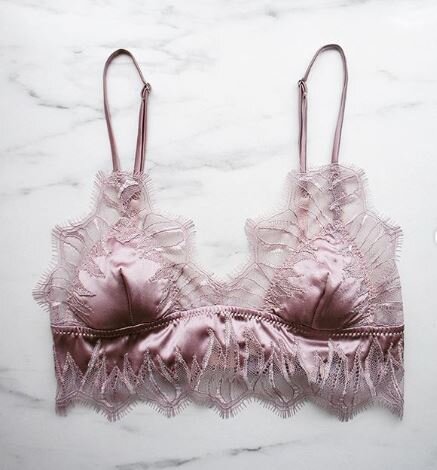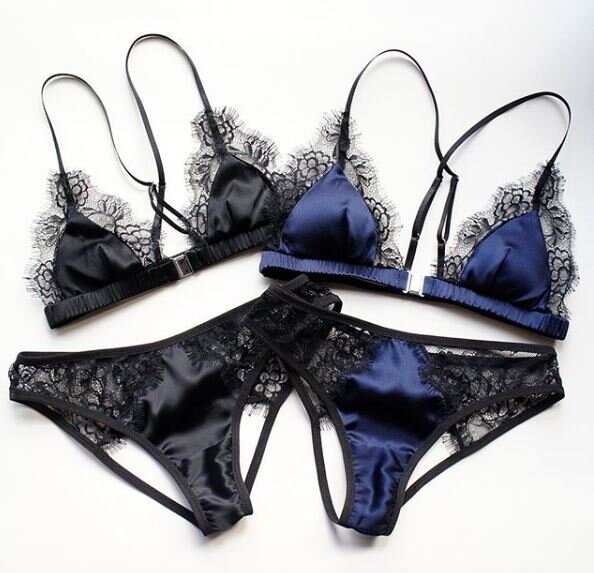This summer I made myself a sports top/bra and I also mentioned that I started running. The good news is that I’ve been maintaining my new active lifestyle for more than two months now so I guess we can say that it’s a habit, hehe. Also, the bra I made has been very comfortable to wear so I decided to make myself another one and while I was at it I also made this tutorial if you’re interested in making your own, it’s super easy!
First I’d like to mention that this top/bra is suitable for someone with a small bust, I myself wear an AA/A cup. The fabric I’ve used is a lycra for the exterior layer and powermesh for the inner layer. I’ve also used removable foam cups as it’s something I like to wear. If you have bigger bust you obviously need more support (for this version I’ve used straps made from FOE which are not suitable if you need more support but for me they work well and I haven’t had any issues of lack of comfort). If you’re looking for a sports top for bigger bust you should use a proper pattern!
Supplies you need:
Sports lycra/regular lighter weight lycra/specialty activewear knit fabrics for the exterior: I used a soft lycra (the same I used for my daughters swimsuit this year) but you can of course use specific sportswear fabrics too. These are not widely available at least here in Madrid and lycra works fine so I didn’t look for any other fabric. There are nice sports lycra fabrics over at Spoonflower and I guess you can find interesting fabrics when you search for activewear fabric at Google
Powermesh: I used this firm mesh for the lining as it gives nice shape. I used the powermesh I include in the bramaking kits available at my shop (I don’t have it directly listed in the shop but if you want to purchase a piece of that fabric separately you can write me on Etsy). I guess you could also use the same lycra for the lining but the result will be bulkier...I’d say just try out what works for you! It’s a quick project and it requires small amounts of fabric so you won’t be wasting a lot of supplies even when the result is not exactly what you were expecting
Wide fold over elastic: as the straps are also made with the same FOE that I used to cover all the edges I’d definitely suggest a wider FOE. I used this 20 mm wide FOE from my shop that I find really easy to sew with
Preformed foam cups if you like them: this of course is optional and you don’t need to use them but if you want to, go ahead! You can even reuse cups that you might have around from old sports bras or bikinis
First of all I’ll tell you briefly how I made my first sports bra as the result was actually a bit of a happy accident. I first wanted to use the Cottesloe bikini top pattern as I had seen a couple of cute sports top makes over at IG using this pattern. I had already made a swimsuit with this pattern so I just cut out my size and made the sports top. But as my torso is a bit longer than the regular size, the top actually ended up too small for me! The bust part was OK but the straps were clearly too short...something that could have been avoided if I actually made a muslin before attaching all the FOE...but oh well. To not lose the entire top I decided to cut the strap part and try if I could use FOE for straps reshaping the neckline, that way I could try the bra on and decide the correct length of the straps. And it worked out well!
I did eyeball the shape of the neckline actually but you can see more or less how it looks compared to the original pattern if you’re also using the same pattern to make your own. I made the back piece almost straight.
As I didn’t actually save the pattern I’ve copied it from my already existing sports bra so you can see how to do the same with any other garment you already own.
First double the front piece in a way that it is placed on fold and align it with the edge of the paper. Then just tuck the back part away under the front piece so you will see the side seam. Mark around the font piece with a pencil.
Now just trace nice lines over your first drawn lines and you have the pattern. Note that you should have 90 degree angles both on the neckline and on the lower part of the pattern on the fold line, that way once you cut the fabric on fold you won’t have any weird curves. As The top uses FOE on all exterior edges you don’t need to add any seam allowances there but you do need a seam allowance for the side seam, add 6 mm there.
Now do the same with the back piece, add the side seam seam allowance and make sure both your front and back side seams are equal in length. As my FOE was gathering the fabric a bit I did add a bit on the lower part of the bra to compensate for the width of the pattern pieces (that’s why you see two lines there).
Now cut out the front and the back pieces on fold both from the exterior fabric and the lining.
If you want to use removable foam cups you need to make small openings for them in the lining and to do that you need to cut a curved shape like in the photo. I folded the front lining and just eyeballed the opening shape.
Then you can overlock or pass a zig-zag on these curves. The mesh actually doesn’t fray but I prefer to do it for a cleaner look.
Now sew the side seams. You can just sew the exterior pieces with right sides together and do the same with the lining separately but I prefer sewing the four layers in one pass so the side seams of all of the layers are actually joined and won’t move around.
To do that place the layers in this order:
Back lining with right side up
Front lining with right side down
Front exterior piece with right side up
Back exterior piece with right side down
Pin all the layers on the side seams and overlock or zig-zag both sides.
Now when you turn the top with the right side out you have all the layers nicely together and there aren’t any visible seams.
On the inside it looks like this.
Now cover the lower part of the bra with FOE (see this tutorial to see how to do it) and also sew FOE on the neckline.
Now you will sew FOE on the rest of the upper part. First leave aprox 45 cm for one of the straps, sew this part of the FOE folded, then sew along all of the upper part of the bra and sew on top of the folded FOE again for the same amount you left in the beginning. This way you cover the upper part of the bra and also prepare the straps.
When you sew the FOE on the edge of the cup openings just make sure to push the lining a bit further down to not sew on top of the opening edge by accident. The curve should look like this.
Now try on the top and decide how long your straps should be and where you’d like to attach them on the back. I crossed the straps on the back for more comfort but you can of course not to that if you don’t want to. Once you know the place and the correct length just secure the straps on the inside of the bra top on top of the FOE by sewing a couple of times on top of the strap on the inside of the top.
That’s it, now you can insert the cups and the bra is done!
As you can see it was quite simple! I’ve been wearing the orange version on many workouts and I really like it so I’m happy to have another version in my closet. I hope you found this tutorial useful!
You can of course use the same method for making simple bralettes too, in that case you can also use jersey knit fabrics to make some comfortable lounge tops for example.
If you want to see more activewear top inspiration you should definitely check out this post by Ying from Tailor Made Shop who made five different sports bras using Spoonflower fabrics.





























































































































































































